First, the blowing way of protective gas
At present, there are two main blowing methods of protective gas: one is paraxial side-blowing protective gas, as shown in Figure 1;The other is coaxial protection gas.The specific choice of the two blowing methods is considered in many aspects. In general, it is recommended to use side blowing to protect the gas
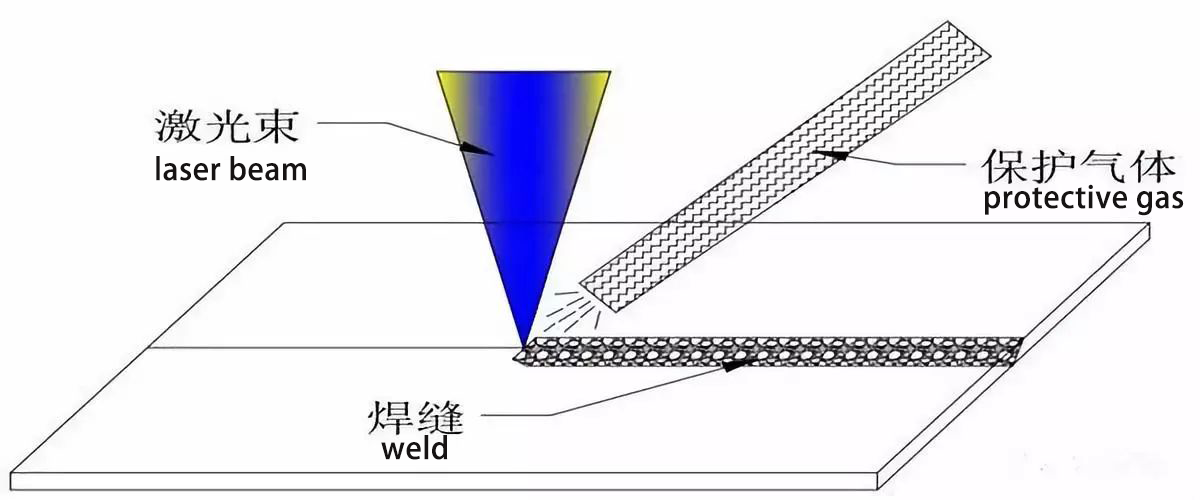
paraxial blowing protective gas
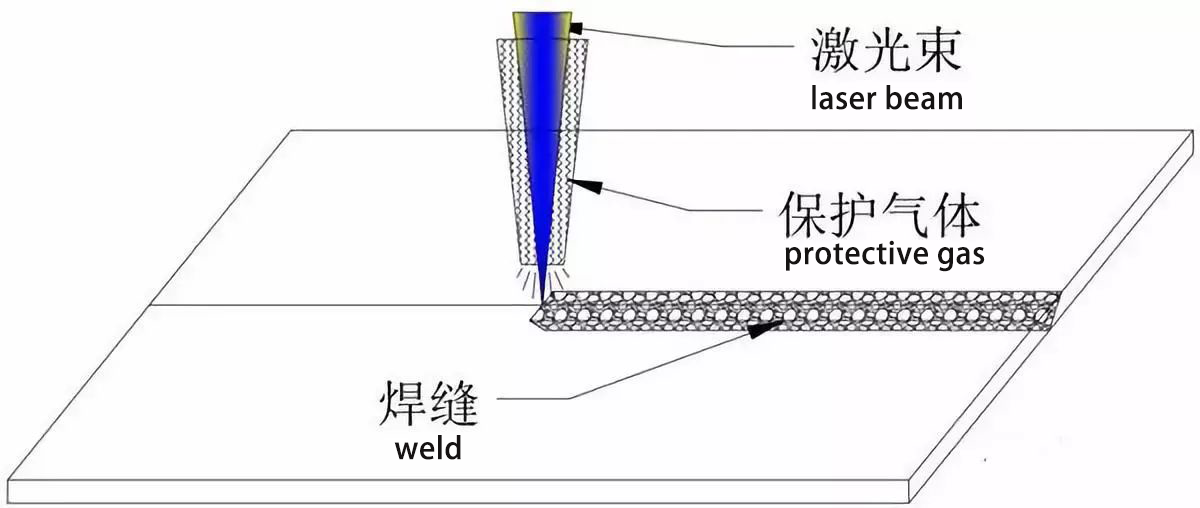 coaxial blowing protective gas
coaxial blowing protective gasTwo, the protection gas blowing mode selection principle
First, it needs to be clear that the so-called weld is “oxidized” is only a common name. Theoretically, it refers to the chemical reaction between the weld and the harmful ingredients in the air, which leads to the deterioration of the quality of the weld. It is common for the weld metal to react with oxygen, nitrogen and hydrogen in the air at a certain temperature.
To prevent the weld from being “oxidized” is to reduce or avoid the contact of such harmful ingredients with the weld metal in a high temperature state. This high temperature state is not only the molten pool metal, but the whole time process from the time when the weld metal is melted to the solidification of the pool metal and its temperature is reduced to a certain temperature below.
Three, taking an example.
For example, titanium alloy welding, when the temperature is above 300℃ can quickly absorb hydrogen, more than 450℃ can quickly absorb oxygen, more than 600℃ can quickly absorb nitrogen, so titanium alloy welding seam after solidification and temperature reduction to 300℃ below this stage need to be effective protection effect, otherwise it will be “oxidized”.
From the above description is not difficult to understand, the protection of the blowing gas not only need timely to protect weld molten pool, also need to have been welded just frozen area of the protection, so generally adopt the paraxial shown in figure 1 side protective gas, because this way relative to the ways to protect the protection range of the coaxial protection way of figure 2 is more widely,Especially for the weld just solidified area has a better protection.
Paraxial side blowing for engineering applications, not all products can use the way of side shaft side blowing protection gas, for some specific products, can only use coaxial protection gas, specific needs from the product structure and joint form targeted selection.
Four, specific protection gas blowing mode selection
1. Straight welds
As shown in Figure 3, the weld shape of the product is straight line, and the joint form can be butt joint, lap joint, negative corner joint or overlapping welding joint. For this type of product, it is better to adopt the sideshaft side blowing protective gas method as shown in Figure 1.
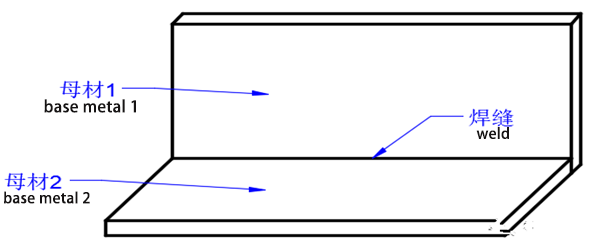
2. Flat closed graphic weld
As shown in Figure 4, the weld shape of the product is plane circumferential shape, plane multilateral shape, plane multi-segment line shape and other closed shapes. The joint form can be butt joint, lap joint, overlapping welding and so on. For this type of product, it is better to adopt the coaxial protective gas mode shown in Figure 2.
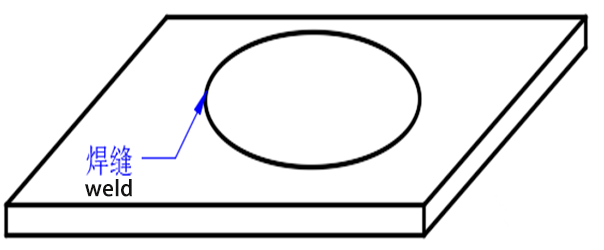
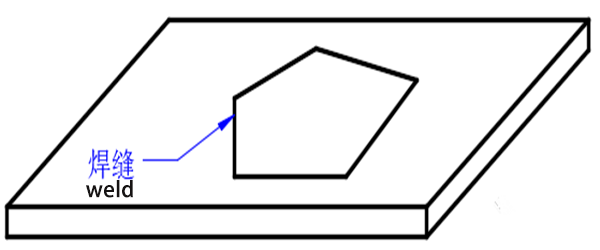
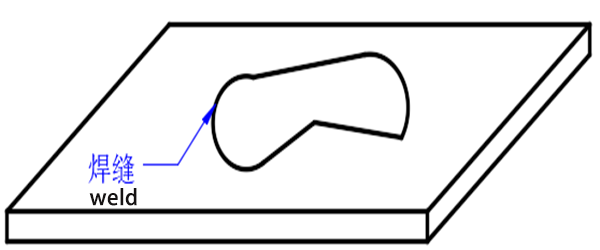
The selection of protective gas directly affect the welding quality, efficiency and cost of production, but because of the diversity of welding material, in the actual welding process, the selection of welding gas is more complex, need comprehensive consideration of welding material, welding method, welding position, as well as the requirements of the welding effect, through the welding tests to choose the more suitable for welding gas, welding to achieve better results.
Source: Welding Technology
Post time: Sep-02-2021




